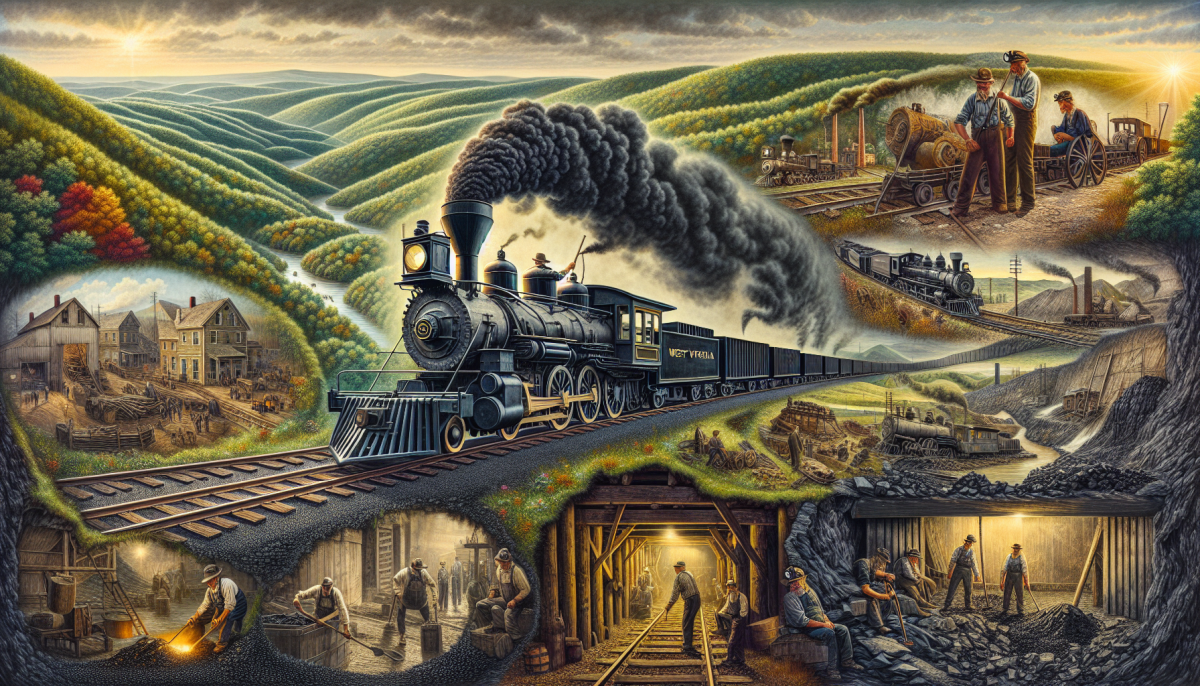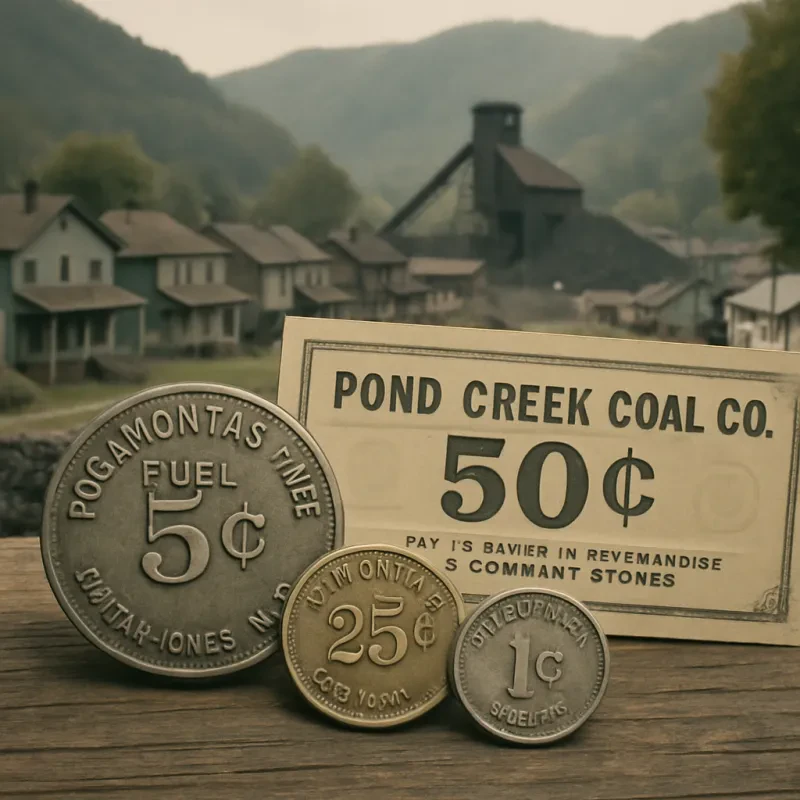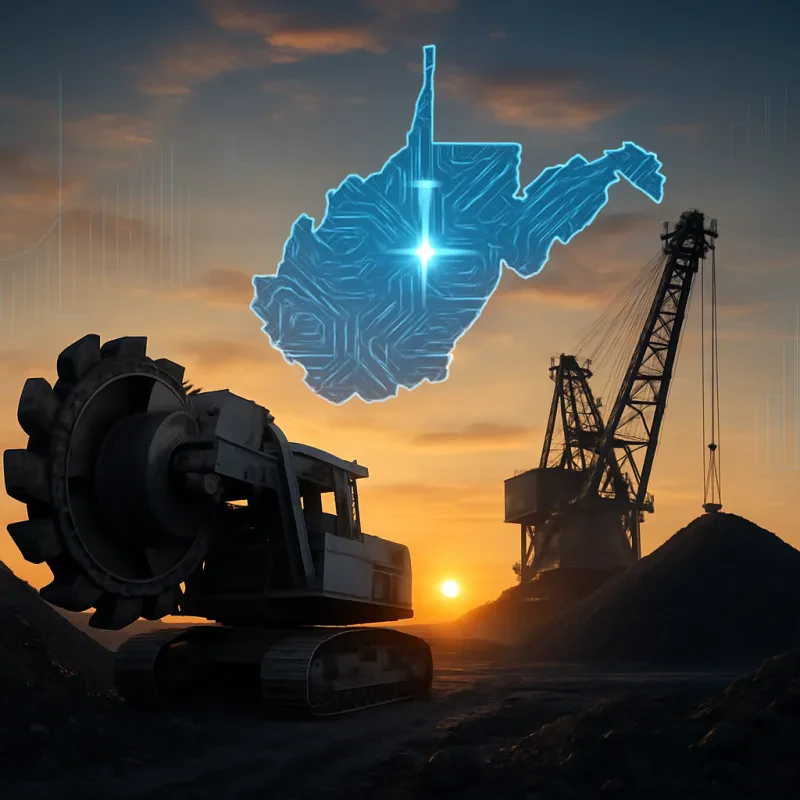West Virginia coal has a rich history that dates back millions of years. The state’s unique geography and climate created the perfect conditions for coal formation during the Carboniferous period. As plants and trees fell into swamps, they transformed into the dense layers of coal we see today. It's fascinating to think that the coal we rely on now was once part of lush, green forests!
During the 19th century, the demand for west virginia coal began to grow immensely, primarily because of the booming industrial revolution. Railroads were being built, and with them, the need for fuel skyrocketed. Miners flocked to West Virginia, hoping for better opportunities. This marked the beginning of coal mining as a major industry in the state, changing the lives of countless families.
The mining methods evolved over time. Initially, coal was mined by hand using simple tools. As technology advanced, machinery made the process quicker and more efficient. However, with these advancements came challenges. Safety concerns and labor rights became hot topics, as miners often worked in dangerous conditions for long hours.
Today, west virginia coal remains a significant part of the state’s economy and culture. While the industry faces modern challenges and changes in energy needs, the legacy of coal in West Virginia is undeniable. It shaped the state’s history and will always be a part of its identity.
The Rise of Coal Mining Industry
Coal mining has played a vital role in shaping West Virginia's economy and culture. The rise of the coal mining industry in this region can be traced back to the mid-19th century, when railroads began to make it easier to transport coal. As industries expanded, the demand for coal surged, and West Virginia's rich deposits became a hot commodity. Miners, many of whom were immigrants, flocked to the area in search of work, paving the way for communities built around the coal industry.
By the late 1800s, West Virginia coal was being mined on an industrial scale. The state’s unique geology made it an ideal location for coal extraction, with layers of high-quality coal located close to the surface. Large companies established mines, and towns sprang up to support the miners and their families. This growth didn’t come without its challenges, though. Working conditions in the mines were often harsh, and safety regulations were lax, leading to numerous accidents and loss of life.
As the 20th century progressed, coal became the backbone of West Virginia's economy. The energy boom brought prosperity to some, but it also led to labor disputes as miners fought for better wages and safer working conditions. Unions emerged, and strikes became common as workers organized to demand their rights. This struggle for fair treatment played a significant role in the identity of the coal mining communities in West Virginia.
Today, the legacy of West Virginia coal remains a complex topic. While coal has powered homes and industries for generations, the industry faces scrutiny over environmental concerns and changing energy trends. West Virginia coal is still a significant part of the state’s heritage, reflecting both the grit of its working-class roots and the ongoing conversation about its future in a changing world.
Impact on Local Communities and Economy
West Virginia coal has played a significant role not just in powering homes and industries but also in shaping local communities and the economy of the region. For many years, coal mining provided jobs to thousands of families, creating a sense of stability and identity for towns across the state. The influx of workers to the coalfields fueled growth in local businesses, from restaurants to hardware stores, making these communities vibrant places to live.
As coal mining boomed, it brought investment into the area, leading to better infrastructure and services. Schools, hospitals, and roads were often funded by the coal industry, which helped improve the overall quality of life for residents. These improvements also attracted new businesses, further diversifying the local economy and creating even more opportunities for employment.
However, the reliance on West Virginia coal has not been without its challenges. The decline of the industry in recent years has led to increased unemployment and economic struggles in some areas. Many towns that once thrived on coal are now working to adapt by seeking new industries and ways to sustain their communities. This transition can be tough but also opens the door for new opportunities, such as tourism, technology, and renewable energy development.
Even with these changes, the legacy of West Virginia coal remains strong in the local culture and pride of its residents. Festivals, museums, and historical sites celebrate the coal mining heritage, reminding everyone of the hard work and dedication that built these communities.
Shifts in Coal Demand Over the Years
The landscape of coal demand has changed significantly over the years, and West Virginia coal has been at the heart of this transformation. In the early to mid-20th century, coal was the primary fuel source in America, powering homes, industries, and the growing transportation network. West Virginia coal was particularly sought after for its high energy content and quality, making it a vital contributor to the national economy.
As we moved into the late 20th century, however, demand began to shift. Environmental concerns started to take center stage, leading to a decline in coal usage for energy generation. The introduction of cleaner energy sources, such as natural gas and renewables, began to chip away at the coal market. This shift impacted miners and communities that had relied on West Virginia coal for generations.
In recent years, the demand for West Virginia coal has continued to fluctuate with changing regulations and market dynamics. While some coal plants are closing down or transitioning to cleaner energy, there’s still a niche market for certain types of coal, especially for steel production. This creates a mixed bag for local miners and families who have deep roots in the coal industry.
So, while West Virginia coal may not hold the same dominance it once did, it still plays a role in certain sectors. Understanding these shifts helps to appreciate the resilience of the communities that continue to adapt in the face of changing energy needs.







